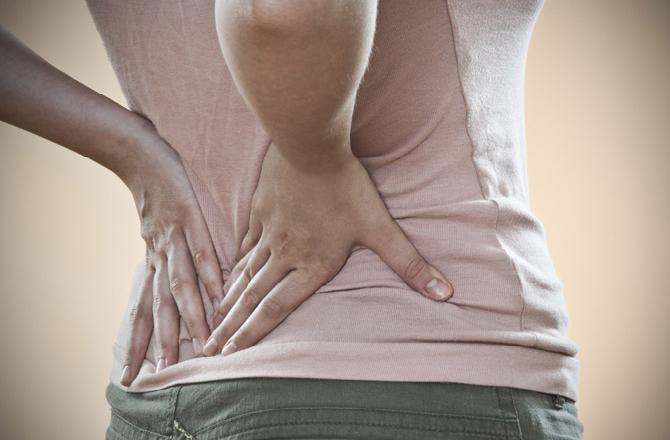Not everyone is aware of the fact that smoking can also cause lower back pain or could further worsen an existing back condition


Smoking is often seen as a risk factor for multiple medical issues. However, its relation to musculoskeletal conditions like that of back pain is rarely understood. In spite of regular exercise, a healthy diet plan, and a proper lifestyle, you may experience chronic back pain if you are addicted to smoking or often breathe in second-hand smoke. The World Health Organisation (WHO) celebrates 31st May as World No Tobacco Day with an aim to avoid the use of tobacco as well as to limit the risk of second-hand smoke exposure for the benefit of one’s health.
While the common awareness brings in the understanding that smoking can lead to cancer and cardiovascular diseases, not everyone is aware of the fact that smoking can also cause lower back pain or could further worsen an existing back condition. Worldwide research suggests that smokers are thrice more likely to experience chronic back pain. They are also more likely to develop physical disabilities at an earlier age as compared to that of non-smokers.
“Cigarette smoking reduces calcium absorption, prevents new bone growth and slows down the spine’s healing process. Coughing due to heavy smoking can also lead to increased intra-abdominal pressures which may further add to the back pain” says Dr. Neha Narula, Senior Spine Specialist, QI Spine Clinic.
Here are three reasons why one should quit smoking immediately in order to avoid back pain:
1) Reduced blood flow to the discs and disc degeneration: The discs in your spine are gel-like cushions comprising of 70% water. As the body mass increases, the discs dry up because of the load it has to bear. Smoking accelerates this process, creating friction between the vertebrae. Physiologically, smoking affects blood flow circulation and reduces the flow of oxygen-rich blood to the discs and joints. Due to smoking, a plaque is formed in the arteries, which further narrows, thus decreasing the flow of blood. As a result of this, the spinal discs become inelastic, hard and brittle. This results in disc-degeneration, further leading to chronic back pain.
2) The weakening of muscles and immunity: Nicotine in the tobacco triggers the release of a chemical (dopamine), which tricks the body into reducing stress and thus into feeling good. Hence, smoking becomes addictive to the body. However, the same tobacco impairs the oxygen-rich blood flow to the bones and tissues thus leading to early signs of degeneration which may further lead to impaired bone and wound healing. It also prevents new bone growth and increases the risk of osteoporosis. Reduced cardiovascular capacity and fatigue weaken the muscles which make it difficult for the muscles to support the spine.
3) Altered perception of pain: Interestingly, smoking alters the way you perceive pain. Nicotine affects the functioning of the brain and heightens a person’s reaction to pain. The connection between the nucleus accumbens and medial prefrontal cortex is altered, making a person less resilient to back pain. A study conducted in 2010 that examined the pathophysiology between smoking and pain indicated that long term smoking causes receptor desensitization, creating a perception in smokers that a relatively small amount of pain is severe. (Anaesthesiology, 2010,113[4]:977-92). This can further alter the effectiveness of opioids prescribed for pain management. Smoking also impairs the normal functioning of the immune system and increases the risk of infection in the body.

